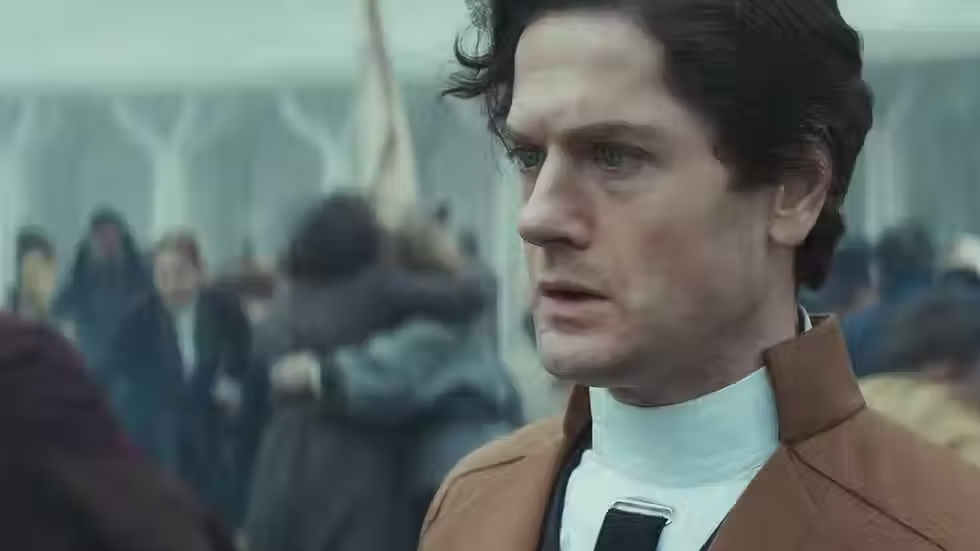Review: A Good Day to Die Hard
- ogradyfilm
- Dec 7, 2018
- 2 min read

Len Wiseman can now sleep a bit more easily, secure in the knowledge that he is no longer responsible for the worst Die Hard movie ever made. Thanks to John Moore, the director who turned the blockbuster video game Max Payne into a vehicle for a particularly whiny Marky Mark, this undead franchise has reached a new low point.
Let me be perfectly clear: I think the series still has a bit of life left in it. True, the “Wrong Place at the Wrong Time” angle has grown both stale absurdly implausible after five adventures, but as a character, John McClane has enough charm and charisma to sustain the franchise for as long as Bruce Willis can shoot guns and spout one-liners. But if McClane is to remain as relevant as James Bond, or even Mission: Impossible’s Ethan Hunt, he’ll need the guidance of a filmmaker with a clear cinematic vision and immense storytelling prowess—qualities that Moore sorely lacks.
For evidence of Moore’s stylistic shortcomings, one needn’t look any further than the overly ambitious car chase that kickstarts the plot. This travesty of a set piece redefines visual incoherence, featuring such shaky camerawork and disjointed editing that it is difficult to keep track of which characters are in what vehicles and impossible to determine where they all are in relation to one another. Unlike Christopher Nolan—hell, even Michael Bay—Moore lacks patience, sacrificing narrative context in his rush to get to the crashes and explosions.

This attitude permeates the entire film. In the original Die Hard, director John McTiernan took the time to establish who McClane was—his personality, his desires, his flaws—earning the audience’s emotional investment. Moore, on the other hand, haphazardly tosses John and Jack into a volatile situation and forces them to sprint forward, providing minimal exposition and characterization (it is telling, I think, that the movie’s longest sustained shot—an image of a breathtakingly beautiful hotel ballroom, adorned with stained glass skylights and crystalline chandeliers—exists only to set up a scene of wanton destruction). Willis and series newcomer Jai Courtney have strong onscreen chemistry, but even they can’t elevate the thinly-written father-son relationship, which more often than not feels like a halfhearted retread of the odd couple/buddy cop conflict between McClane and Samuel L. Jackson in Die Hard with a Vengeance (and considering the fact that the bond between parent and child ends up becoming a major theme, that’s a huge problem). What unforgivable crime did John commit to so alienate the sweet, adorable little boy we glimpsed in previous installments? The screenplay (by Skip Woods, also responsible for Hitman and X-Men Origins: Wolverine) foregoes concrete explanations in favor of increasingly limp banter (actual examples: “I’m supposed to be on vacation!” “I’m up for Father of the Year.” And so on), diminishing the emotional stakes and destroying any semblance of suspense.

A Good Day to Die Hard is an entertaining enough diversion, but it lacks the humanity and authenticity that made its predecessors so special. Hack directors like Wiseman and Moore have turned the franchise into a series of cliched action flicks—and, sadly, transformed the fallible, vulnerable John McClane into yet another generic, indestructible action hero.
[Originally written February 16, 2013.]





Comments